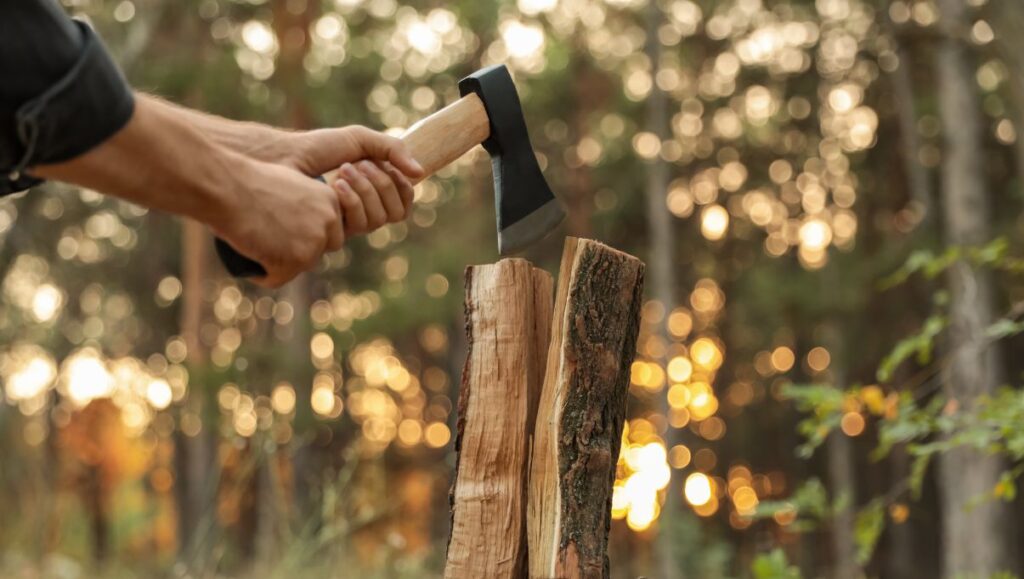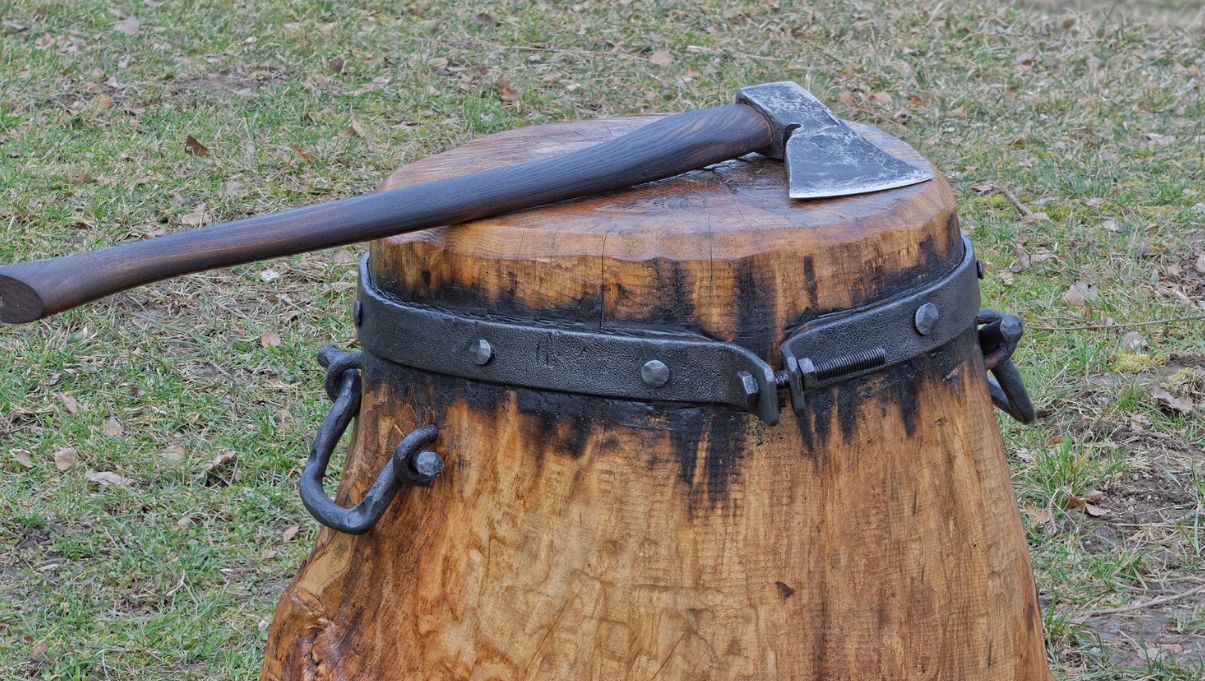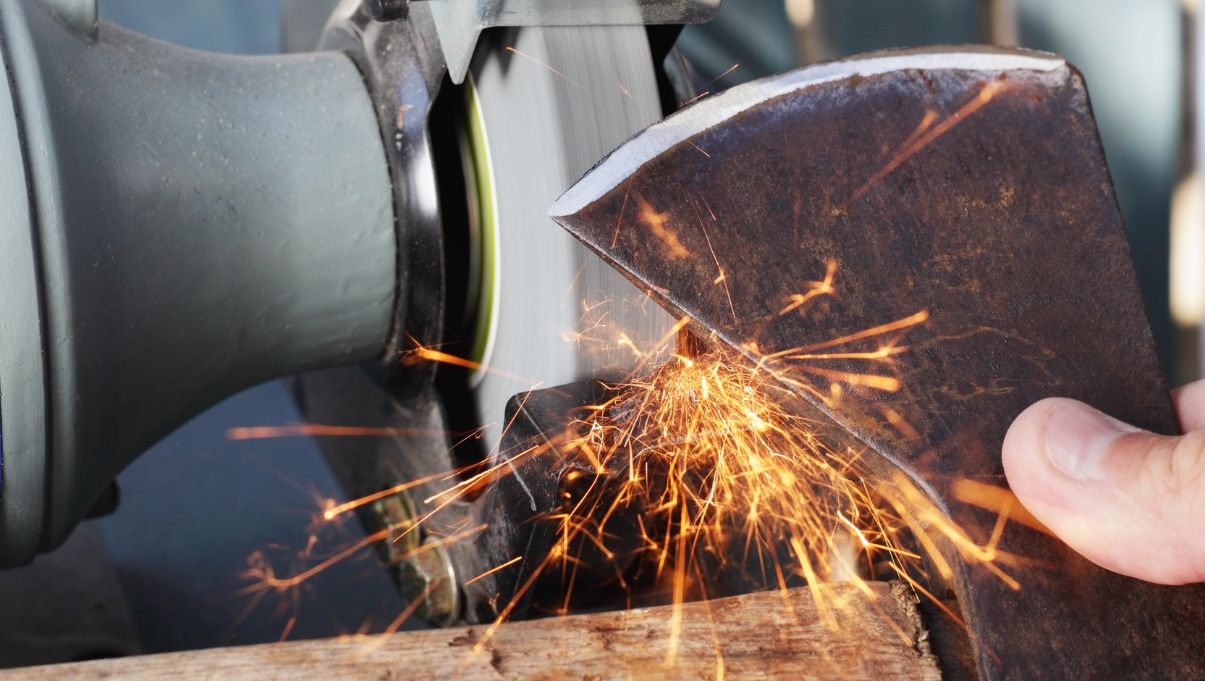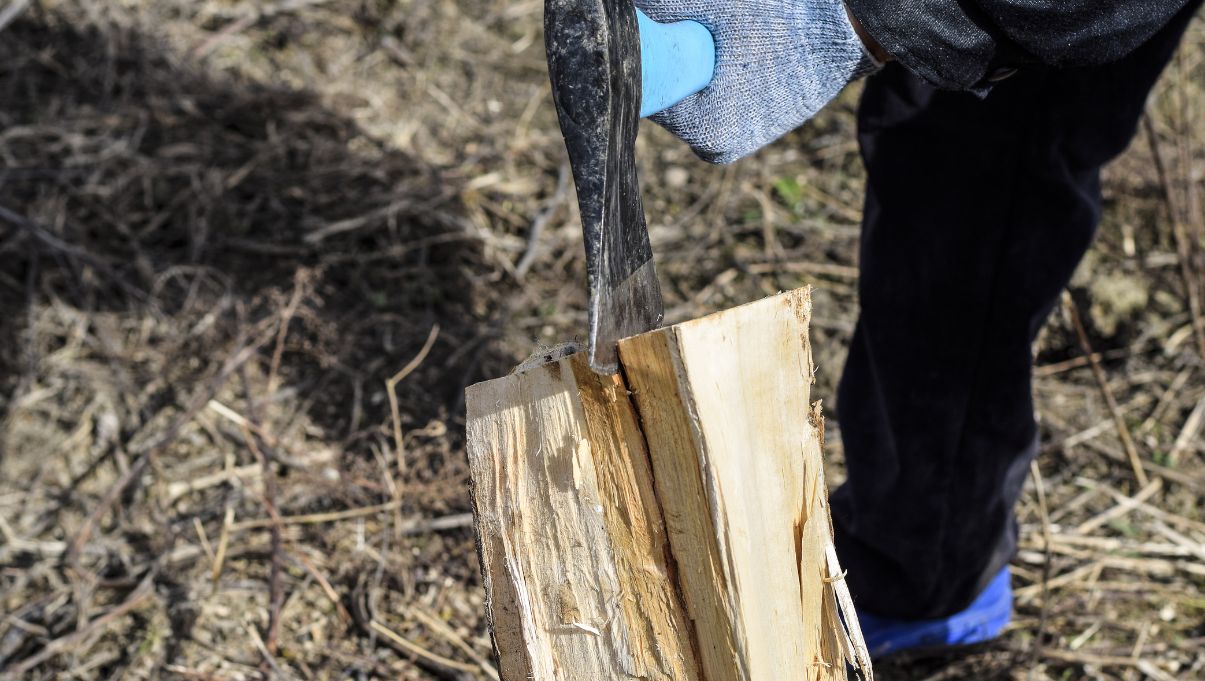Introduction
When it comes to splitting wood, having the right tool is crucial. Two commonly used tools for this task are the splitting maul and the axe. While they may seem similar at first glance, there are distinct differences between them. In this article, we will delve into the world of splitting mauls and axes, exploring their individual characteristics, uses, and the key factors that set them apart. By understanding these differences, you can make an informed decision about which tool is better suited for your specific wood-splitting needs.
What is an Axe?
An axe is a versatile cutting tool that has been used for centuries. It typically features a sharp, wedge-shaped head attached to a handle. Axes are designed for a variety of tasks, including chopping, felling trees, and splitting wood. They come in different sizes and designs, with variations in head shape, handle length, and weight. Axes are known for their versatility, allowing users to perform a wide range of cutting and chopping tasks.
What is a Splitting Maul?
A splitting maul is a specialized tool specifically designed for splitting wood. It features a heavy, wedge-shaped head attached to a longer handle. Unlike axes, splitting mauls have a broader and flatter head, allowing for more efficient splitting of larger logs. The weight distribution and design of a splitting maul are optimized to generate greater force and power when striking wood, making it easier to split hardwood logs. Splitting mauls are typically heavier and more substantial than regular axes, providing increased impact for splitting tasks.

Splitting Maul vs Axe: Comparison
Head Design:
- Axe: The head of an axe typically has a sharper and narrower profile, which makes it more versatile for various cutting tasks. It is suitable for chopping, felling trees, and splitting small logs.
- Splitting Maul: The head of a splitting maul has a broader and flatter profile. This design is specifically engineered to efficiently split larger logs and hardwood. The broad wedge shape helps to exert more force and ensure the wood splits apart cleanly.
Weight:
- Axe: Axes are generally lighter compared to splitting mauls. The weight of an axe allows for better control and maneuverability, making it suitable for tasks that require precision and versatility.
- Splitting Maul: Splitting mauls are heavier than axes. The additional weight is beneficial when splitting larger and tougher logs, as it helps generate more force and momentum for effective splitting.
Handle Length:
- Axe: Axes typically have shorter handles, providing better control and maneuverability. The shorter handle length allows for one-handed use and is advantageous in situations where accuracy and precision are required.
- Splitting Maul: Splitting mauls have longer handles to provide increased leverage and power. The longer handle allows for two-handed use, enabling users to generate more force and apply it efficiently to split hardwood logs.
Versatility:
- Axe: Axes are versatile tools suitable for a wide range of cutting and chopping tasks. They can be used for chopping trees, splitting smaller logs, and performing various outdoor tasks like camping or bushcraft.
- Splitting Maul: Splitting mauls are specialized tools designed specifically for splitting wood. They excel in splitting larger logs and hardwood, making them ideal for tasks such as preparing firewood or splitting logs for construction.
Safety:
- Axe: Axes require proper technique and caution to ensure safe usage. The sharper profile of the axe head poses a higher risk of accidents if not used with care.
- Splitting Maul: Splitting mauls also require proper handling and technique. However, their broader and flatter head design reduces the chances of the tool getting stuck in the wood, minimizing the risk of accidents during splitting.

FAQs
Can I use a splitting maul for tasks that require an axe?
While a splitting maul can be used for some tasks that an axe performs, its primary purpose is splitting larger logs and hardwood. For tasks like felling trees or chopping smaller logs, an axe would be more suitable due to its versatile design.
Can I use an axe for tasks that require a splitting maul?
Using an axe for splitting larger logs and hardwood may not be as efficient as using a splitting maul. The narrower head and lighter weight of an axe may make it more challenging to split larger logs effectively.
Which tool is better for splitting firewood?
When it comes to splitting firewood, a splitting maul is generally the preferred tool. Its broader head and heavier weight allow for more efficient splitting of larger logs, making the task easier and faster.
Conclusion
In summary, both the splitting maul and the axe have their specific purposes and advantages. While axes are versatile tools suitable for a range of cutting tasks, splitting mauls are specialized tools designed specifically for splitting larger logs and hardwood. The head design, weight, handle length, versatility, and safety considerations are important factors to consider when choosing between the two tools. By understanding these distinctions, you can select the tool that best matches your wood-splitting requirements, ensuring efficient and effective results in your firewood preparation or construction project.



